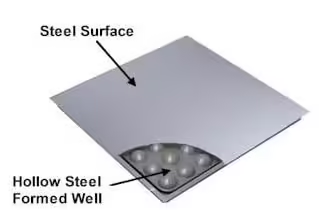
In the landscape of modern architecture and interior design, the quest for versatility and functionality has given rise to innovative solutions that redefine the spaces we inhabit. One such solution, gaining traction in commercial and industrial environments, is the hollow steel raised access floor system. This ingenious flooring mechanism not only elevates the aesthetic appeal of a space but also transforms how we approach infrastructure, wiring, and utilities. With its unique combination of durability, adaptability, and ease of maintenance, the hollow steel raised access floor stands as a testament to contemporary architectural ingenuity. In this article, we will explore the intricacies of this flooring system, examining its design, benefits, and the myriad applications that make it an essential component in today’s dynamic built environments.
Table of Contents
- Understanding the Structure and Benefits of Hollow Steel Raised Access Floor Systems
- Key Applications and Industries Leveraging Hollow Steel Solutions
- Installation Best Practices for Optimal Performance and Longevity
- Maintenance Tips and Sustainability Considerations for Steel Access Floors
- Q&A
- To Conclude
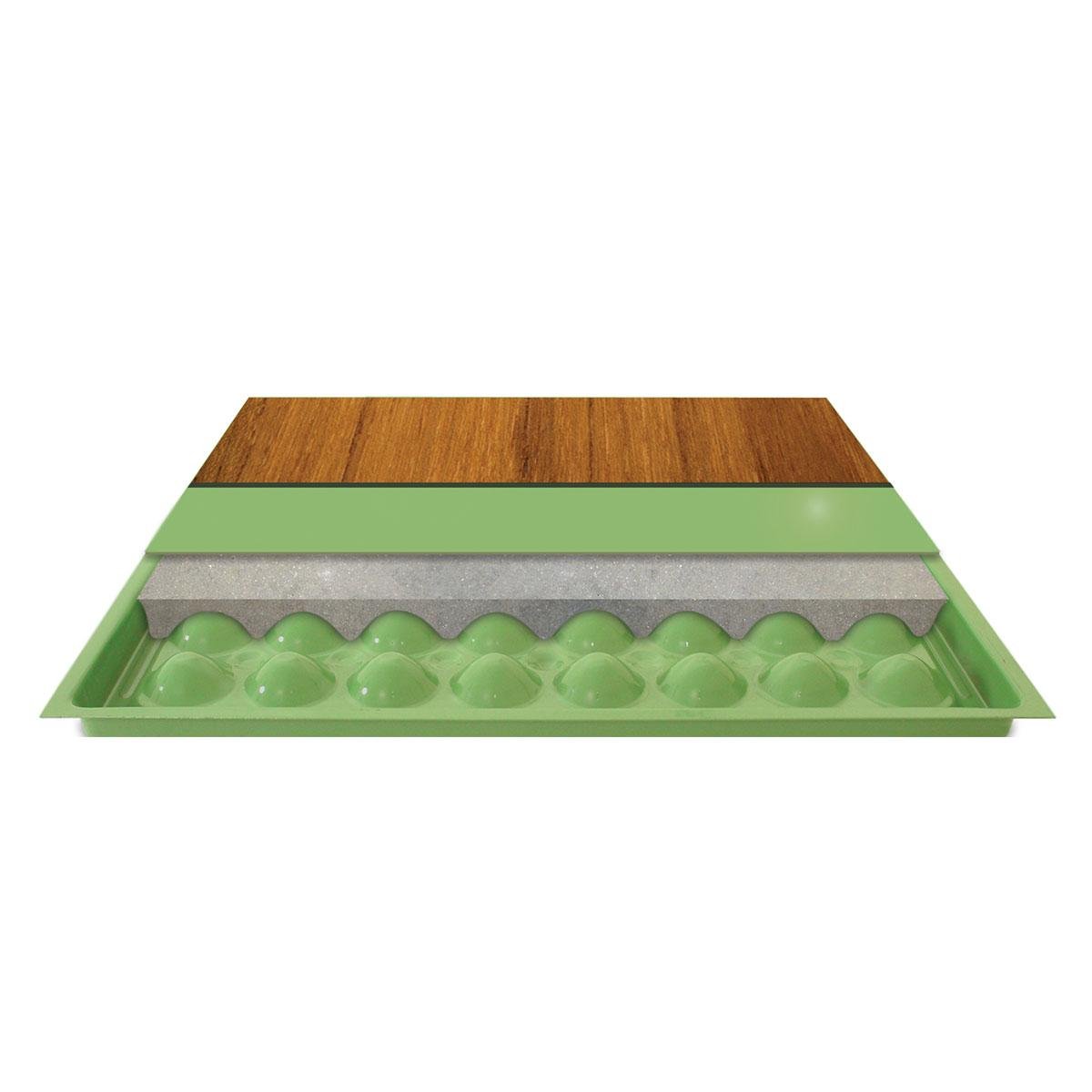
Understanding the Structure and Benefits of Hollow Steel Raised Access Floor Systems
Hollow steel raised access floor systems are engineered to provide flexible, elevated surfaces above building substrates, creating a space that accommodates a variety of infrastructure needs. The system consists of individual panels supported by a grid of pedestals that can be easily adjusted to achieve the desired height. Each panel typically comprises a hollow steel core, offering both durability and a lightweight design, making these floors a popular choice in environments where frequent changes in layout or wiring are common. This modularity allows for quick and efficient installation and maintenance, enabling businesses to adapt their workspaces as needed. The structure fosters an optimal environment for cable management, HVAC systems, and other essential utilities otherwise difficult to access.
The benefits of implementing hollow steel raised access floors extend beyond practicality; they also enhance aesthetic appeal and promote better air circulation within the space. These floors allow for a clear separation between the concrete substrate and working surfaces, which can improve indoor air quality and reduce noise transmission. Key advantages include:
- High load-bearing capacity: Suitable for heavy equipment and high-traffic areas.
- Easy access for maintenance: Simplifies repairs and upgrades without disrupting workflow.
- Customizable design: Available in various finishes and materials to match any décor.
- Enhanced electrical efficiency: Facilitates better cable organization and reduces the risk of overheating.
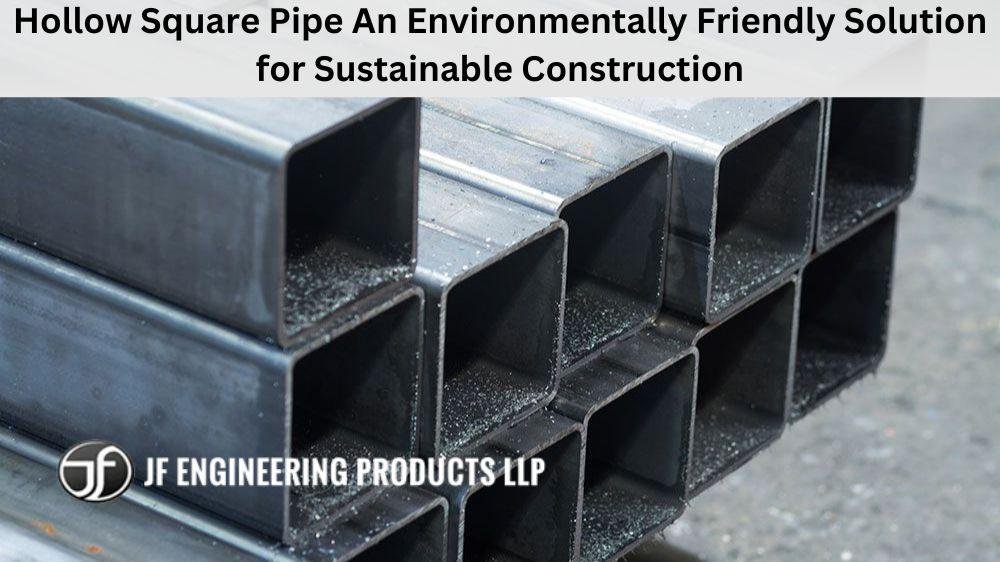
Key Applications and Industries Leveraging Hollow Steel Solutions
Hollow steel solutions offer remarkable versatility, making them indispensable in various sectors. In the commercial real estate industry, raised access floor systems are increasingly utilized in offices, providing seamless integration for electrical and data cabling while enabling easy access for future upgrades. This adaptability not only enhances the overall office environment but also supports the dynamic needs of modern workplaces.
Beyond corporate spaces, hollow steel solutions are essential in industrial and healthcare applications. In manufacturing facilities, they facilitate efficient space management with enhanced load-bearing capabilities, thus optimizing floor layouts for heavy machinery. Likewise, in hospitals and laboratories, these systems support necessary utilities while maintaining strict adherence to hygiene standards, showcasing the importance of durable yet flexible flooring solutions. The following table highlights the key industries and their specific applications of hollow steel raised access floors:
| Industry | Key Applications |
|---|---|
| Commercial Real Estate | Office Spaces, Data Centers |
| Industrial | Manufacturing Facilities, Warehouses |
| Healthcare | Hospitals, Laboratories |
| Education | Universities, Research Institutions |
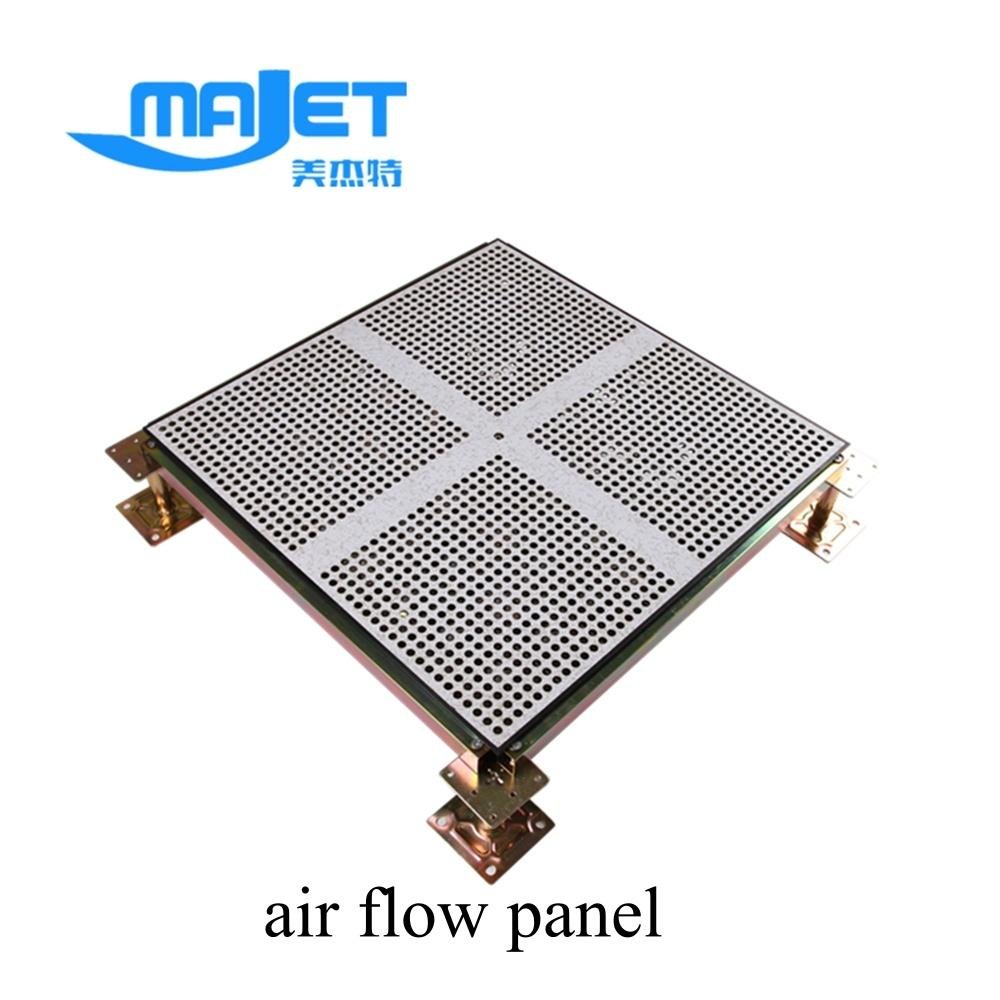
Installation Best Practices for Optimal Performance and Longevity
When installing a hollow steel raised access floor system, it’s essential to choose the right subfloor and support structure to ensure both stability and durability. A solid foundation is crucial, as it enhances load distribution and minimizes movement over time. Here are key considerations for optimal installation:
- Evaluate Site Conditions: Ensure the subfloor is clean, dry, and level.
- Use Quality Materials: Select high-grade steel and finishes that resist corrosion.
- Implement Proper Alignment: Align panels carefully to avoid gaps and ensure a flush surface.
- Follow Manufacturer Guidelines: Adhere strictly to recommendations provided by the manufacturer.
Additionally, maintaining consistent environmental conditions can prolong the life of your raised floor system. Changes in temperature and humidity can lead to expansion and contraction, potentially impacting performance. Consider these practices for better longevity:
| Best Practice | Description |
|---|---|
| Temperature Control | Maintain a stable climate around the flooring to prevent damage. |
| Humidity Monitoring | Use dehumidifiers when necessary to avoid moisture-related issues. |
| Regular Inspections | Schedule inspections to identify and rectify any potential problems early. |
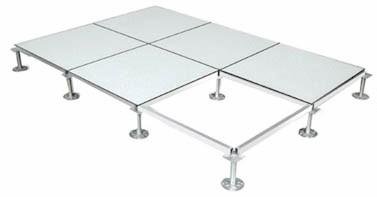
Maintenance Tips and Sustainability Considerations for Steel Access Floors
To ensure the longevity and optimal performance of your hollow steel raised access floor system, regular maintenance is essential. Here are some practical tips to keep your access floors in top shape:
- Routine Inspections: Conduct regular inspections for any signs of damage or wear, focusing on the panels, support structures, and connections.
- Cleaning Protocols: Use a mild detergent and soft cloths for cleaning the surface to avoid scratches and discoloration. Consider implementing a cleaning schedule based on high foot traffic areas.
- Temperature Control: Maintain stable temperatures in the facility to prevent expansion and contraction of steel, which can lead to panel misalignment.
Sustainability is also a critical factor when managing steel access floors. Employing environmentally friendly practices can enhance the durability of your system and contribute to a greener future. Consider the following strategies:
- Recyclable Materials: Whenever replacing components, opt for materials that are 100% recyclable and sourced from sustainable suppliers.
- Energy-Efficient Design: Utilize energy-efficient LED lighting beneath access floors to reduce energy consumption and improve the overall sustainability of the installation.
- Water-Based Adhesives: Choose water-based adhesives for installation to minimize harmful volatile organic compounds (VOCs) emissions.
Q&A
Q&A: Understanding Hollow Steel Raised Access Floor Systems
Q: What is a hollow steel raised access floor system?
A: A hollow steel raised access floor system is a type of flooring designed to create a space above the building’s original floor surface. This system consists of steel panels supported by a grid of steel pedestals, resulting in a plenum that can accommodate various utilities such as power, data, and HVAC systems. The hollow design not only enhances durability but also provides easy access for maintenance and upgrades.
Q: What are the main advantages of using a hollow steel raised access floor system?
A: There are several advantages, including:
- Flexibility: The space beneath the flooring allows for easy reconfiguration of electrical and communication lines without significant construction work.
- Airflow Management: It facilitates the efficient movement of air, which can be beneficial for climate control in spaces such as data centers.
- Durability: Steel panels are robust, making them ideal for high-traffic areas.
- Aesthetics: The system can be customized with various finishes that complement the overall design of the space.
Q: Who typically uses hollow steel raised access floor systems?
A: These systems are popular in environments that require extensive cabling and frequent changes, such as data centers, telecommunication facilities, office buildings, and even modern retail spaces. They cater to industries that value both efficiency and adaptability.
Q: Are there any specific industries that benefit more from this flooring system?
A: Certainly! Industries such as IT and telecommunications benefit significantly from the ability to run numerous cables underground. Additionally, facilities with sensitive climate control requirements, like laboratories and medical facilities, leverage the airflow benefits of these systems to maintain optimal conditions.
Q: How is the installation process for a hollow steel raised access floor system?
A: Installation involves several steps: First, a level subfloor is prepared. Next, the steel pedestals are strategically placed and securely anchored to the subfloor. Steel panels are then fitted onto the pedestals to complete the surface layer. This installation can typically be done in phases, minimizing disruption to ongoing operations.
Q: What maintenance is required for these systems?
A: Regular checks are necessary to ensure that the panels remain stable and secure. Additionally, the space beneath the floor should be inspected periodically for cleanliness and to address any potential issues with the wiring or HVAC systems installed below.
Q: Are there limitations or considerations to keep in mind when using a hollow steel raised access floor system?
A: While these systems offer many benefits, there are also considerations such as weight load capacities, compatibility with existing infrastructure, and the potential for sound transmission. It’s essential to assess the specific requirements of your space to ensure the system meets your needs without compromising performance.
Q: Can these systems integrate with modern technology and smart building solutions?
A: Absolutely! Hollow steel raised access floors are highly compatible with modern technologies. They can easily accommodate the routing of advanced smart building systems, sensor networks, and energy management tools, enabling a seamless transition into an increasingly tech-driven environment.
Q: why should someone consider a hollow steel raised access floor system for their building project?
A: A hollow steel raised access floor system affords versatility, enhanced infrastructure management, aesthetic customization, and long-term durability. For anyone involved in designing or renovating spaces that require adaptability and efficient utility management, this system serves as an excellent solution that balances functionality with forward-thinking design.
To Conclude
As we reach the end of our exploration into hollow steel raised access floor systems, it becomes clear that these innovative solutions are not merely a construction choice; they embody a transformative approach to modern architecture and infrastructure. By allowing for enhanced flexibility, improved airflow, and easier access to critical utilities, these systems pave the way for smarter, more adaptive spaces in both commercial and industrial settings.
In a world where technology and design continually evolve, the importance of efficient, sustainable solutions cannot be overstated. Hollow steel raised access floors are a testament to this evolution, offering architects and builders the tools they need to create environments that are not only functional but also conducive to productivity and collaboration.
As we look towards the future, it’s evident that the role of raised access floor systems will only grow, adapting to new technologies and meeting the demands of an increasingly dynamic world. Whether you are a seasoned professional in the construction industry or simply an enthusiastic observer of architectural trends, embracing this innovative flooring solution might just be the key to unlocking the full potential of your next project. Thank you for joining us on this journey through the intricacies and benefits of hollow steel raised access floor systems—may your next endeavors be as elevated as the floors beneath your feet.

